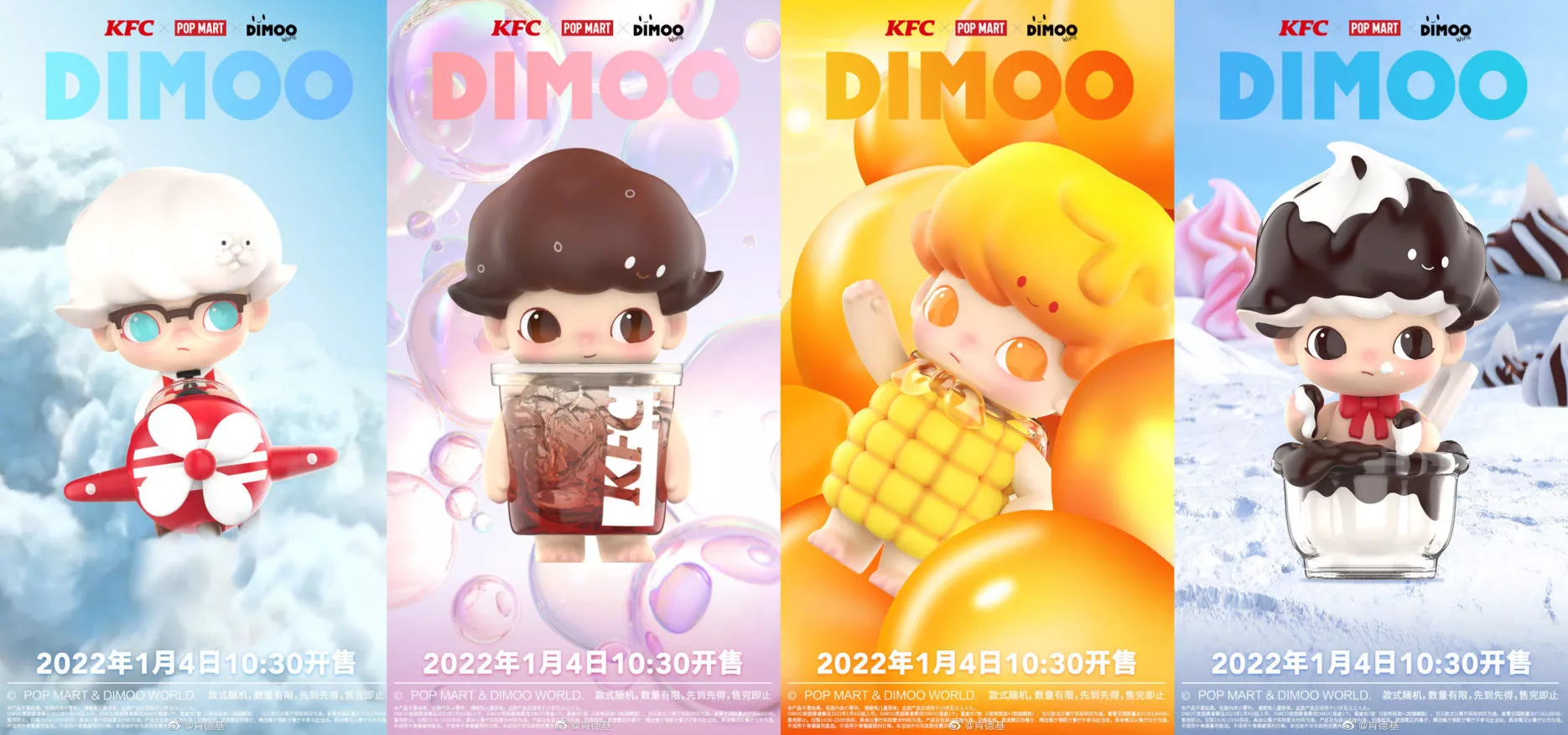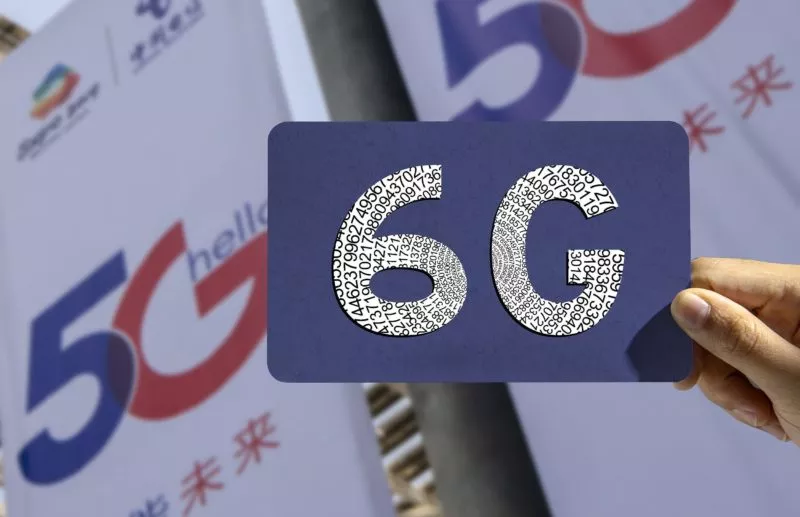Young Chinese have gone wild about the KFC’s blind boxes, that have been launched by the American fast-food brand in collaboration with the Chinese toymaker Pop Mart, who is leading the country’s designer toy market and an expert in making record sales of blind boxes.
The launch of the limited-edition blind box is designed to celebrate the 35th anniversary of KFC’s entry into the Chinese market. It is understood that a total of 260,000 blind boxes are made available across China’s tier 1 and tier 2 cities, with each store, allocated 36 sets to give out.
Customers who order a family set meal priced for 99 RMB ($15.58) can get a box that randomly includes one of the seven figures of Pop Mart’s most beloved Intellectual Property (IP) Dimoo. This is not the first time a fast-food brand has partnered with a toy company, with McDonald’s omnipresent Happy Meal consistently selling well for a number of years.
While the strategy of “hungry marketing” has certainly played a part in the buying frenzy, the character Dimoo turns out to be the biggest driver of the latest craving. It is reported that a new service known as “eating helpers” has emerged online as many consumers only pay the bill to get the Pop Mart blind box, leaving the food unwanted.
Some have also been taking advantage of the hype, stockpiling blind boxes by placing several orders and then reselling them on Xianyu, a second-hand market under the Chinese e-commerce platform Taobao, pushing the cost of the blind box from 99 RMB ($15.58) up to 700 RMB ($109.8) on the resale platform. The fact that the KFC USP (Unique Selling Proposition) is actually the toys, rather than the food itself, shows not only how shrewd this move is with the blind boxes but also the poor situation the fast-food chain finds itself in.
While on one hand, the practice has, once again, proved the Chinese young people’s growing interest in cuteness; as shown before by Disney’s new character LinaBell. On the other hand, it poses the question as to if these young consumers still have an appetite for the food KFC offer. Given that the younger generation has become more aware of the health impacts of their intakes, fast food has been losing its ground in China.
Although KFC has been doubling down efforts in providing healthier options and trying to please its Chinese consumers with localised menus, such as including the national dish snail noodles in its offer, it has not stopped the decline in revenue. The latest craze for Pop Mart’s blind box has also brought KFC’s dilemma to the front: had there not been the designer toy as a hook, would KFC see panic buying at its stores?
Despite the struggle, KFC has the understanding of the Chinese young consumers, with the latest move being proof. As blind box and the endorsement of cuteness are both consumer trends that have been gaining a foothold in China whilst helping KFC inflate recent revenue due to the luxury toys. Having tapped into these trends would help the brand to cater to, and therefore, to maintain its connection with the Gen Z consumers who are typically the main driving force behind fast-food sales.
However, whether it’s a blind box or a cute character, these strategies rely on continual hype which cannot be guaranteed in the long run. The ultimate solution for the brand, to coming out of its current dilemma, still lies in product innovation and a better consumer experience. Only by this way will KFC produce long-term hype that is owned by itself and therefore has a sustainable and profitable model within the Chinese market.
Read more:









